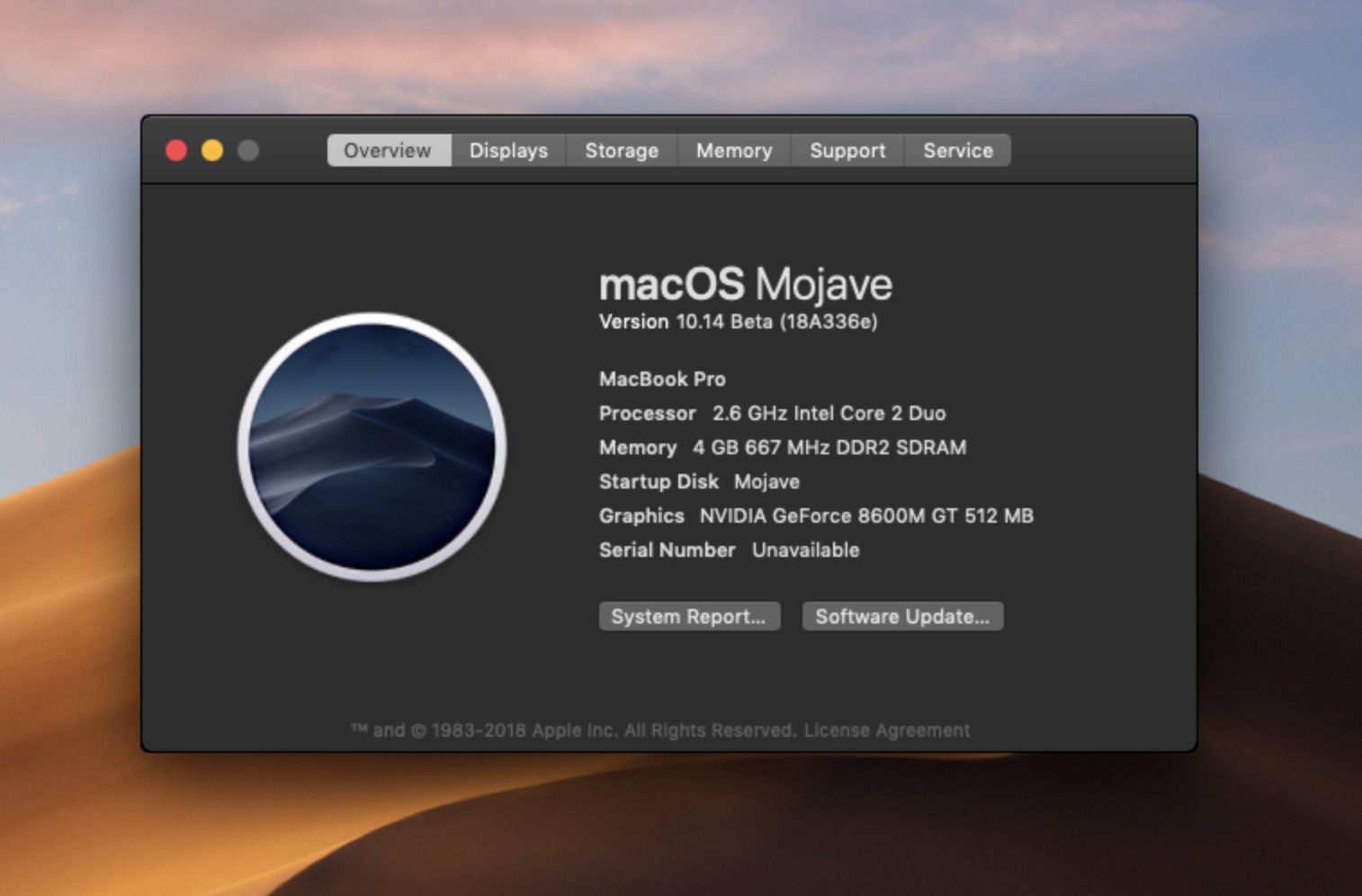Mac Os Doesn't Recognize Usb Drive
By default, Mac starts from its built-in hard disk, but a startup disk can be any storage device that contains bootable contents that compatible with your Mac. For example, if you install macOS or Microsoft Windows on a USB drive, your Mac can recognize that drive as a startup disk. This guide provides 2 ways to boot a Mac from a USB flash drive.
- Windows Won't Recognize Usb Drive
- Mac Os Doesn't Recognize Usb Drive Windows 10
- Mac Os Not Recognizing Usb Drive
- Mac Os Doesn T Recognize Usb 3 External Drive
- Mac Os Doesn't Recognize Usb Drivers
- Imac Does Not Recognize Usb Drive
There are a few possible causes for a USB drive to not be recognized by LabQuest: 1. If the USB flash drive doesn’t appear to. I plugged in my usb and restarted my laptop. I pressed option during boot to go into the boot menu. Somehow, my usb stick doesn't show up in the boot menu. I only see my normal boot partition and a recover partition. I tried removing the USB stick while I am still in that menu and plugging it back to see if that will fix the problem. Nov 16, 2019 Mount Physical USB Drive VirtualBox. In order for mounted USB devices to function, the virtual machine must have Guest Additions installed. It’s incredibly easy to install these, just run the. May 29, 2020 Downloading Mac OS DMG file might save you. If you have a macOS DMG, you can create bootable USB disk from a Windows PC — use a software like TransMac for this purpose. Clean installing or restoring a Mac offline with USB pen drive. As said earlier, you could use the macOS USB installer to do a clean install or restore it upon a boot failure.
Windows Won't Recognize Usb Drive
Requirement
Starting up your Mac from an external disk requires the following:
- Intel-based Mac.
- Bootable USB thumb drive formatted with a GUID partition type and containing an OS X installer or a usable operating system.
Let’s see how to boot a Mac from a bootable USB drive and what to do if your Mac doesn’t start up from it.
Way 1: Boot Mac from USB Drive using Startup Manager
Getting your Mac to load from a USB drive is fairly straightforward. Use the following steps, you can easily set Mac boot from an external drive in Startup Manager, so it’ll only boot from USB that one time.
Step 1: Insert the USB boot media into a USB slot.
Step 2: Turn on your Mac (or Restart your Mac if it’s already on).
Step 3: Press and hold the Option key immediately after you see the Apple logo. Holding that key gives you access to OS X’s Startup Manager. Once the Startup Manager screen appears, release the Option key. The utility will look for any available drives that include bootable content.
Step 4: Using either the pointer or arrow keys on the keyboard, select the USB drive you wish to boot from. Once selected, either hit the Return key or double-click your selection. The machine will start to boot from the USB drive.
Way 2: Set a Mac Boot from USB Drive using Startup Disk
When you use Startup Disk preferences to set Mac boot from an external drive, so it’ll boot from that disk until you choose a different one. Here is how:
Step 1: Go to Apple menu > System Preference, then click Startup Disk.
Mac Os Doesn't Recognize Usb Drive Windows 10
Step 2: Click the locked icon and then enter your administrator password.
Step 3: Select External drive as the startup disk, then restart your Mac.
Mac Os Not Recognizing Usb Drive
What to do if your Mac does not boot from the selected drive
If you see a message prompts that your security settings do not allow this Mac to use an external startup disk, check the External Boot setting in Startup Security Utility, and then allow your Mac to use an external startup disk.
Step 1: Open Startup Security Utility.
Mac Os Doesn T Recognize Usb 3 External Drive
Turn on your Mac, then press and hold Command (⌘) + R immediately after you see the Apple logo. Your Mac starts up from macOS Recovery. When you see the macOS utility window, choose Utilities > Startup Security Utility from the menu bar. When you’re asked to authenticate, click Enter macOS Password, then choose an administrator account and enter its password.
Step 2: Select “Allow booting from external media“.


If you want to select an external startup disk before restarting your Mac, quit Startup Security Utility, then choose Apple menu > Startup Disk.
Note: If you’re using Boot Camp in a dual-boot Windows/OS X environment, you may be unable to boot negatively into supported versions of Microsoft Windows XP, Windows Vista or Windows 10 operating systems installed on external USB hard drive.
Make sure disk has been formatted with a GUID partition type

Intel-based Macs support starting from an external USB storage device’s volume that has been formatted with a GUID partition type. If you wish to boot from the drive, it’s important to format the partition as “GUID Partition Table” rather than either of the other two ahead of time when you use that drive as a bootable drive.
Mac Os Doesn't Recognize Usb Drivers
Make sure your disk is bootable
Imac Does Not Recognize Usb Drive
Volumes that aren’t bootable and don’t contain a copy of a valid operating system aren’t listed in Startup Disk or Startup Manager. Make sure the external drive you’re trying to start from contains a usable operating system.